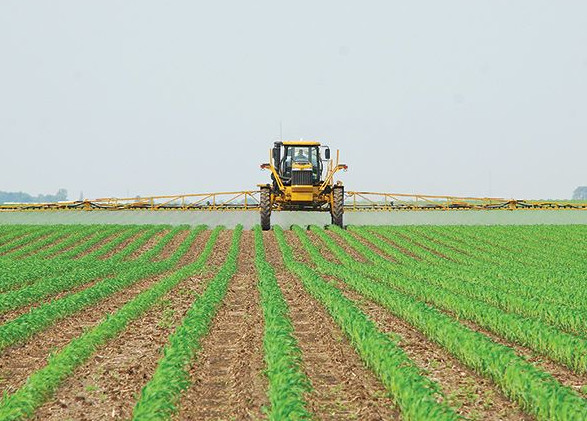From the seat of the combine you see the errors of the season. And perhaps one of the most frustrating? Those pesky weed escapes.
“[Examine] how well your weed control program worked. What can you do next year?” says Brent Tharp, the agronomy and product training manager at Wyffels.
Did you follow best management practices? Did Mother Nature get the best of you, or were there other issues that allowed weeds to escape? Reflect on the season, and use the information to plan control strategies for 2019.
“Managing weeds in-season is more difficult, especially in soybeans,” says Harmon Wilt, DeKalb technical agronomist in Minnesota. “Corn is easier because it canopies so much quicker. Growers learned if we didn’t put a pre down, it was difficult to control weeds.”
Pre-emergent herbicides are a crop’s first line of defense. Your goal should be to plant into a weed-free field. Think back to planting—was that the case? Or did a few weeds outcompete your seedling crops? That simple misstep steals sunlight, water and nutrients from crops.
“Waterhemp, for example, emerges all season long,” Wilt adds. “We need residuals for about two months.”
In some areas, farmers were hesitant to use pre-emergent herbicides, says Erich Eller, owner of ForeFront Ag Solutions. “We see guys use fewer residual products on soybeans; on corn, we tend to use more. Granted, with the amount of rain we had this year, the residual got used up faster.”
Weather is critical to consider when reviewing weed management efficacy. Rain and moisture could mean you miss the ideal window to spray, allowing weeds to grow too tall to control or negatively affecting the residual.
“One thing I’m doing in 2019 is documenting and tracking the weather,” Eller adds. “When did that weed break through? Was it raining? What was the impact on the residual?”
Take note of what happened and do what you can to mitigate risk next year.
“This year, I saw a lot of volunteer corn in soybeans,” Tharp says. “I think with the Xtend program guys didn’t come in with a grass killer. The concern is if you have corn rootworms, the volunteer corn can act as a bridge and make the pest a bigger problem [when the field is back in corn].”
Note which weeds you saw throughout the season. Whether it’s volunteer corn, waterhemp or lambsquarter, you need to know what you’re up against before choosing herbicides and herbicide-tolerant trait packages. Ensure your herbicide plan will kill the weeds, preferably with two modes of action.
The 2018 season can serve as a lesson for the 2019 season. Learn from mistakes and missteps to keep weed banks from building.
Credit: agprofessional.com





